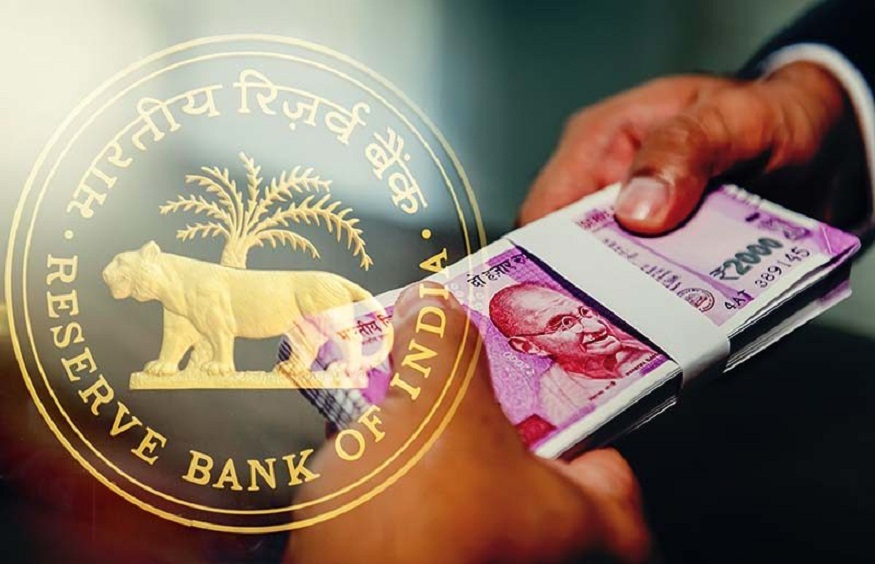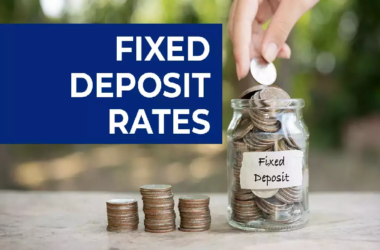Repo Rate is the rate of interest that a central bank gives to mostly all those banks that desire to borrow cash from them. It’s also called the buyback rate. Repo Rate meaning is it is like a loan that banks can get when they need extra cash. If a bank wants to draw money from the central bank, it usually has to put up government bonds or some other kind of security. This means the bank is willing to buy these stocks back at a later date for a little more cash, which is enough to pay the interest. The extra money you pay is for the exchange rate.
A bank gets money at a repo rate. It promises to pay back the loan plus interest when it buys back the stocks. The repo rate is a tool that central banks use to keep the economy healthy and keep an eye on how much money is in circulation.
Why is Repo Rate Important?
Repo rate defines how feasible it is for private banks to borrow money from them.
Influences Loan Interest Rates
The repo rate and the interest rates banks charge for loans are undoubtedly connected. If the central bank lowers the repo rate, banks can borrow money for less money. To pass these savings on to customers, they often lower interest rates on loans, mortgages, and credit cards. People might want to borrow and spend more because of this. This would help the business grow.
Regulates the Money Supply
What the central bank does with the repo rate is keep track of how much money is in flow. Banks borrow money and provide it to individuals and businesses in need. People are less expected to borrow cash if the central bank increases the repo rate.
Helps Manage Inflation
Another very important way to keep inflation in check is by repo rate. But if prices are going up too quickly, the central bank could raise the repo rate to slow things down. When it costs more to get money, people may spend and pay less. This helps keep prices check from going up too much.
Understanding Reverse Repo Rate
The reverse repo rate meaning is really the opposite of the repo rate. It speaks of the interest rate the central bank borrows from commercial banks. The central bank pays banks a higher interest rate to let them deposit extra cash they want from the banking system.
Conclusion
Knowing the significant concept of the repo rate helps one to understand how central banks influence interest rates, money supply, and inflation. Knowing the dynamics of the repo rate enables one to make better financial decisions concerning loans, savings, and investments. Keeping current with this economic data will enable you to negotiate your financial path correctly. Remember always that consulting financial experts will help you to create advice specifically for your situation.






